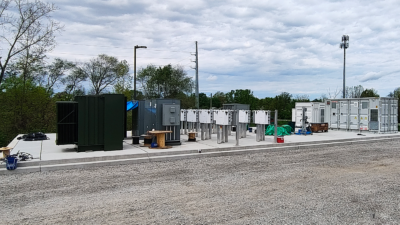Anticipated improvement in construction spending next year is not likely to happen now that oil prices have risen so high, according to Reed Construction Data. The Nov. 2004 issue of its Construction Forecast Monthly newsletter reports that the U.S. economy could have absorbed four or five months of oil prices at U.S.$45 per barrel. The problem is that prices have been sustained at more than $50 per barrel, and could remain so for several months, doubling the overall reduction in economic growth.
The current high price of oil is distinctly different from oil price shocks of earlier decades, say the researchers. In the past, sudden reduction of supply threw an already weak economy into recession. This time around, price increases are being driven by the demand side-not supply. Over the years, energy efficiency improvements have halved the amount of oil needed to create U.S.$1.00 of GDP. But the problem now is reduced growth, not a weak economy.
For the construction industry, higher oil prices pose a two-sided threat: higher costs of fuel and construction materials; and the negative impact from a weakened economy.
The office and industrial markets are most at risk, explains Jim Haughey, Ph.D., director of economics for Reed Business Research Group. Economic expansion has not been strong enough to absorb excess space in these markets. According to Haughey, at the end of the summer, both of these markets appeared to be a few months away from a spurt of activity. This has been delayed, however, until early next year.
The question now is how long oil prices will keep the lid on the construction market. Reed’s forecast is that oil prices will fall to under U.S.$40 by early 2005, with lessening demand and rising supplies.



